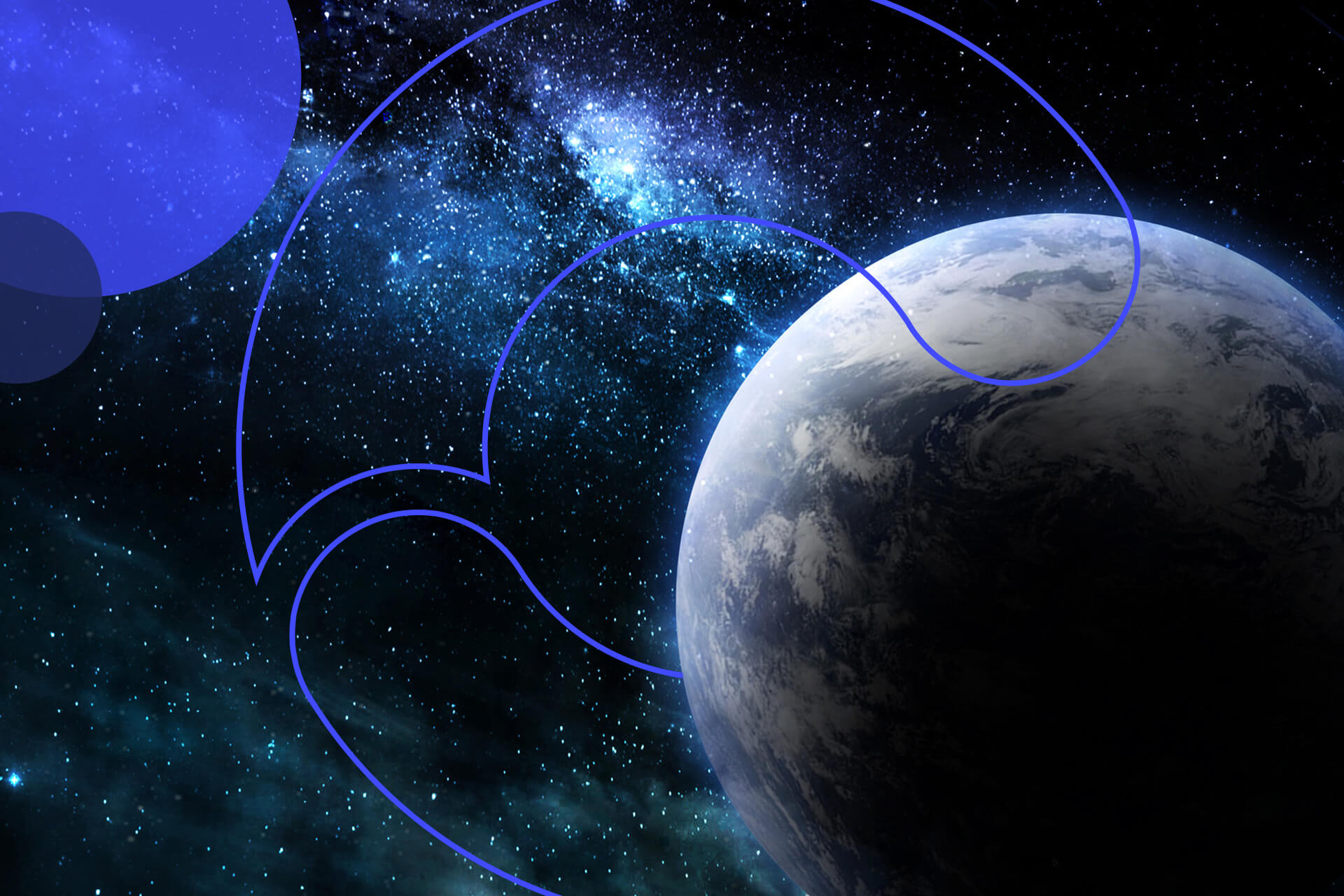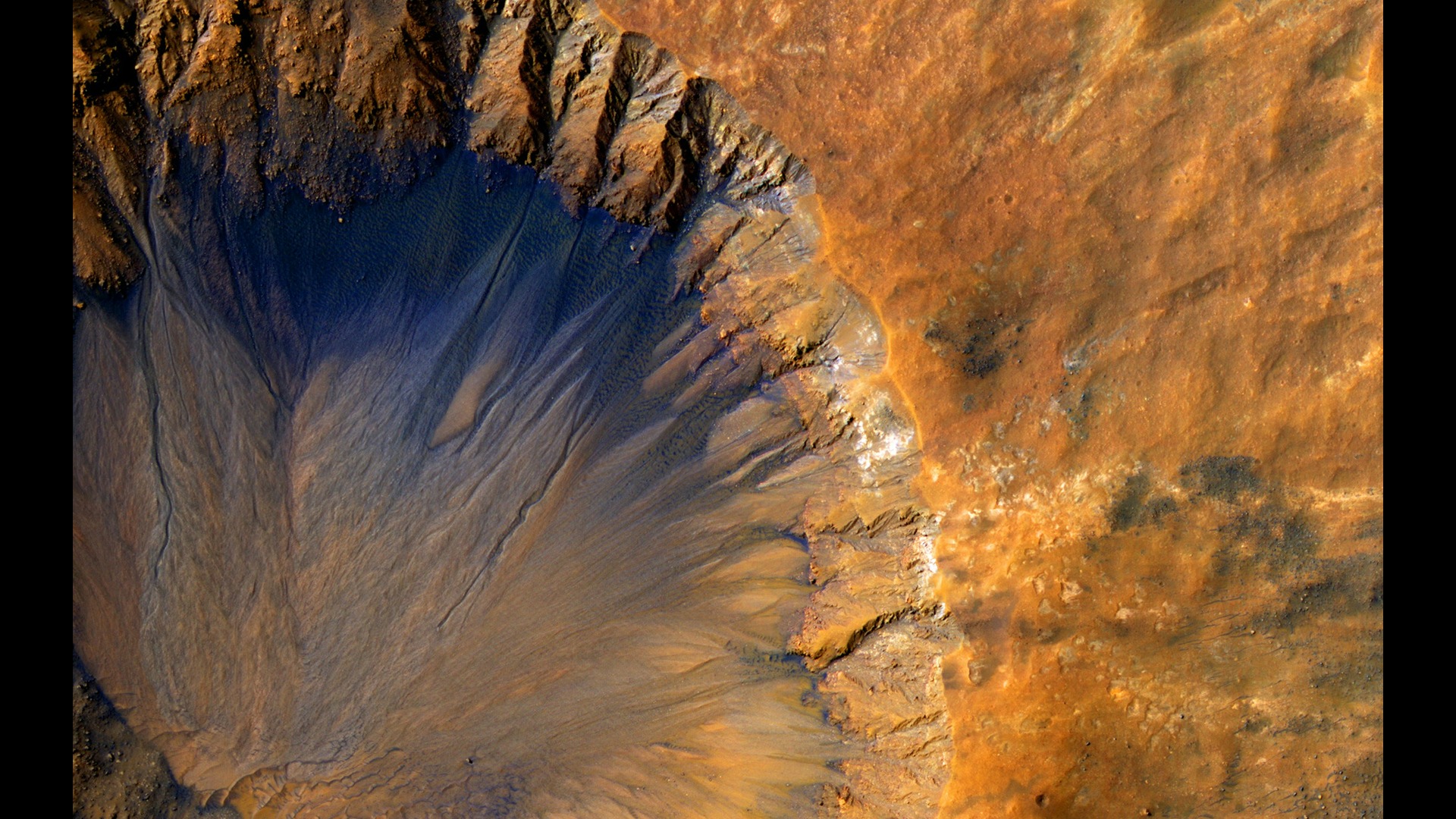
This New Tool Will Help Us Know More About Galaxies
May 15, 2018 - Emily Newton
Revolutionized is reader-supported. When you buy through links on our site, we may earn an affiliate commission. Learn more here.
We usually think of facial recognition as a tool for law enforcement, or a way to unlock your iPhone X, but this technology has more applications than we may have realized. A recently published study is exploring the use of facial recognition as a tool to study our neighboring galaxies. How could facial recognition be used in astronomy, and what are researchers hoping that this deep learning program will teach us about our nearest intergalactic neighbors?
A Deep Learning Program and Facial Recognition
Machine learning is a popular industry buzzword, and it involves teaching computers how to recognize patterns and learn the specific types of patterns that the user is looking for. It is the basis for the eventual development of artificial intelligence — though the jury is still out as to whether or not that’s a good thing.
Deep learning, on the other hand, is a new type of programming that is just starting to emerge. It involves using deep artificial neural networks to try to puzzle out machine learning problems. These deep learning networks are designed to loosely mimic the human brain by stacking multiple neural networks on top of each other, using anywhere from 16 to 152 layers to allow the computer to learn.
Improving facial recognition algorithms is also a part of deep learning. The key is to get the deep learning network to assign numbers to facial descriptions — so someone with a large nose might get a three assigned for their nose while someone with a button nose might be a one. The more faces one of these systems is exposed to, the more specific the descriptions become until it’s used to identify individual faces when asked specific questions. While this is a fantastic advancement in the field of facial recognition, what does it have to do with astronomy or our neighboring galaxies?
Recognizing Galactic Faces
The same technology that allows us to unlock a cell phone just by looking at it is also helping astronomers study neighboring galaxies. Researchers programmed their computers to recognize the different phases of a galaxy’s evolution thanks to deep learning protocols.
Using a set of photos from the Hubble Space Telescope, they programmed the computer to recognize various galaxies based on their evolutionary state successfully.
The researchers were surprised at how successful the program was. Even with the limited simulations that they performed, the program was consistently accurate. The secret here was in the deep learning programming — it allowed the computer to look for patterns, even complex patterns that a human observer might miss.
Proof of Concept — The Blue Nugget
As a proof of concept test for their design, the team behind this project challenged it to find galactic “blue nuggets” in nearby galaxies. These nuggets indicate that after the formation of a star there’s a leftover gaseous disc. The deep learning program successfully recognized these short wavelengths in both simulated images and collected observational data.
Turn Your Eyes Skyward
This program is still in its testing phase, but as the most recent results have shown, it could change the way we look at our galactic neighbors. What we could learn from this new design is quite literally astronomical. If we can learn more about how other galaxies have formed, it could help to answer some questions about our own galaxy and the changes that it’s experienced throughout its massive lifespan.
Astronomers have never stopped looking at the stars, they are constantly applying new technologies to learn more about them. It’s discoveries like this that make the common man turn their eyes skyward again, and that’s just as important as the discoveries that this deep learning program could make in the future.
Revolutionized is reader-supported. When you buy through links on our site, we may earn an affiliate commission. Learn more here.
Author
Emily Newton
Emily Newton is a technology and industrial journalist and the Editor in Chief of Revolutionized. She manages the sites publishing schedule, SEO optimization and content strategy. Emily enjoys writing and researching articles about how technology is changing every industry. When she isn't working, Emily enjoys playing video games or curling up with a good book.







